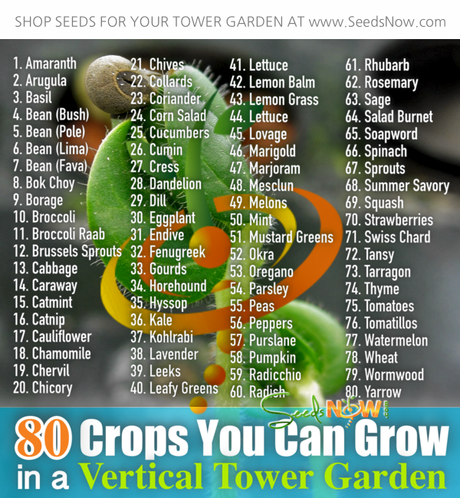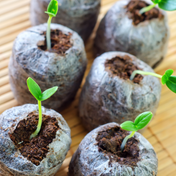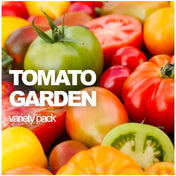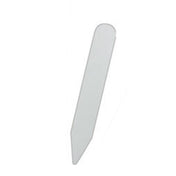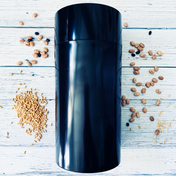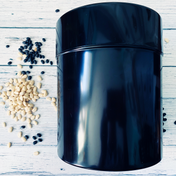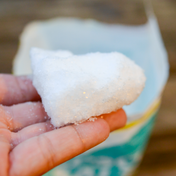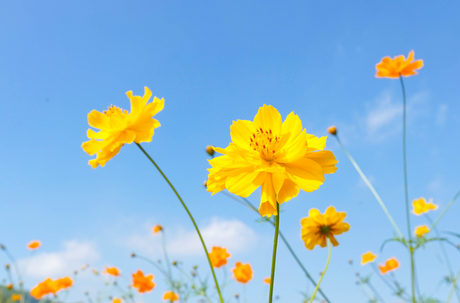
What is “compost”? “
As a verb, “to compost” or “composting” refers to the process used to make compost. In general, this process involves mixing together a variety of food wastes, yard wastes, and/or other compounds in proportions that are favorable for the growth and reproduction of bacteria.
Compost” is both a noun and a verb. As a noun, it refers to decayed organic matter, which is a fancy term for formerly living things (plant and/or animal) that have been broken down by the feeding of bacteria and other tiny creatures into something that looks more or less like soil. This organic matter (see soil for a discussion of organic matter) is a useful addition to soil, and compost is sometimes talked about as though it were a fertilizer.
While it does contain nutrients plants need, compost is really more of a soil amendment, whose primary benefit to the soil is an increase in organic matter content rather than a significant increase in the levels of particular nutrients.
As discussed under soil, higher organic matter yields a number of benefits – higher water retention of the soil, improved retention and availability to plants of any fertilizer that you do apply, increased numbers of soil-dwelling organisms, etc., etc.
Within the compost “pile” (you might want to read: How to Build a Compost Pile) made of these materials, bacteria begin to feed and multiply. These bacteria occur naturally on the surfaces of many living things and do not need to be added to the pile to make composting happen. The bacteria eat and eat and reproduce and reproduce until most of the readily available nutrients are used up. This process, which can take as little as a few weeks or as long as months (depending on how much or little you manage the pile) usually results in a substantial decrease in volume of the ingredients used to make the initial compost pile. Loss of 40-60% of the volume of your initial pile is not uncommon. If you manage the pile at all well, the material you end up with should look (as mentioned above) and smell more or less like soil.
Why compost?
There are many reasons. At the most abstract level, composting takes non-toxic materials that would otherwise end up in landfills and returns them to the soil in a useful form.
Food production should be a closed loop, meaning that food wastes (and perhaps human manure, as well) are returned to the soils used to produce the food to begin with. At present, most food production in the United States represents open loops – food comes from places, and food wastes end up in other places.
Composting is a small step toward closing food loops. Of more relevance to individual gardeners, compost itself improves garden soils in various ways (as discussed above). Well-managed “hot” composting can kill weeds and any seeds they might be carrying, so it’s a safe way to return the weeds you kill to your garden. Scientists have also recently begun to document a phenomenon noticed for some time by organic farmers, which is that application of compost to soils can actually help to prevent various plant diseases, particularly fungal ones. Why and how this works is still not very well understood. For those who like physical work and are seeking “useful” excuses to be outside, building and managing a compost pile can also be just plain fun.
You should not feel like they need to compost, though if you do not you will still want to add purchased compost or some other soil amendment to your soil on a regular basis. You will also need to put your weeds and other garden waste somewhere – many people choose to do “pseudocomposting,” which involves just heaping these materials up out of the way somewhere. They will decay this way, but more slowly than if you compost them as described below. This form of composting does not necessarily kill weeds or weed seeds and the piles can in fact become homes for more weeds.
Pseudocomposting with kitchen waste (eggshells, fruit peels, coffee grounds, etc.) can also attract raccoons, possums, and other undesirable pests. To help keep these pests away, you can cover your kitchen wastes with layers of newspaper, cardboard, or leaves.
Conditions needed for composting
There are four important conditions that must be met for composting to occur:
- Proper pile size – As bacteria feed in a compost pile, they generate heat as a by-product (piles can get as hot as 82 C/180 F). The bacteria that do the best job of composting thrive on this heat, but they can only maintain the proper heat level if the pile they start working in is big enough. As a rule of thumb, a cubical pile 1 m (3 feet) on a side is the minimum size to start with. A pile larger than that is fine, as long as it gets enough air. It’s possible to compost on as large a scale as you want to -- some cities compost vegetable and yard waste, making piles called “windrows” that are hundreds of meters (yards) long, 2 meters (about 6.5 ft) high, and about 1-2 m (3-6.5 ft) wide.
- Sufficient air movement – To do the work of digesting dead things, bacteria need air. To allow air movement throughout the pile, the piles you make shouldn’t be too big (see notes on size above). If you use a bin or container of some sort to hold your compost, it should have a lot of holes on all sides to allow air movement. To get air to all parts of the compost pile, gardeners who manage their compost carefully also tend to “turn” a compost pile two or three times at intervals from 4-14 days.
This involves digging up the pile with a spade or spading fork and moving it to a spot right next door to the old location. If your compost pile does not have enough air moving into it, the oxygen-dependent “aerobic” bacteria that you want will be unable to live and reproduce, and undesirable “anaerobic” bacteria will take over. The anaerobic bacteria can survive without oxygen, and while they will keep breaking down the materials in your compost pile, they do it very slowly compared to the aerobic bacteria. They also make your compost pile smell bad. - Sufficient water availability – Like all living thing, the bacteria that do the work of composting need water to live and reproduce. Watering your compost pile too much encourages anaerobic bacteria (see above under “air movement”), but you should water it thoroughly if you dig into it and it appears dry 15-30 cm (6-12 in) into
the pile. To water it, poke deep holes with a stick or the handle of a garden tool, and put the water into these.

- A proper carbon-to-nitrogen ratio – Living things are mostly water, but if you take away the water, most of what remains is carbon, which is used for all sorts of purposes (in plants, for example, carbon makes up most of the weight of cellulose, the material that plants use to build their stems). Another critical element is nitrogen, which all living things use to make proteins. Nitrogen is needed in much smaller amounts than carbon, but nitrogen is also rarer in nature. As a general rule, the bacteria that do the work of composting need 30 units (kilograms, pounds, whatever) of carbon for every 1 unit of nitrogen that’s available to them. This so-called “carbon to nitrogen ratio” (or C:N ratio) of 30 to 1 (also written 30:1) is what the gardener tries to provide when selecting materials to put in a compost pile. While you might think that this would require fancy chemical analysis of your yard or kitchen waste, most gardeners do this only very approximately and the process of composting works out just fine.
Choosing ingredients for the compost pile
To reach the 30:1 carbon to nitrogen ratio mentioned above, gardeners tend to mix so-called “browns” (dry, dead materials like dry leaves, straw, or newspaper) with “greens” (wet, recently living things like freshly cut green grass, banana peels, apple cores, coffee grounds, etc.). The browns are high in carbon – straw, for example, has a C:N ratio of about 100:1. The greens are also mostly carbon, but they contain more nitrogen than the browns, and act as the nitrogen source for composting. Coffee grounds, for example, have a C:N ratio of something like 20:1. You may realize without doing any formal math that you need to use greater amounts of green materials than brown materials to weight the C:N ratio closer toward 30:1.
The table below provides carbon to nitrogen ratios for a few commonly used materials. There are many formulas you can use to figure out how much to use of each of these materials to reach the 30:1 target, but a simple way to think about it is as follows. If you have two units (wheelbarrows, carts, garbage cans, bags, whatever) full of manure or coffee grounds that are each 20:1, and one unit of leaves that is 60:1, you can add the carbon amounts of the three units together (20 + 20 + 60 = 100) and divide by 3 to get 33. The resulting compost should have a C:N ratio of about 33:1. Don’t worry too much about the numbers – what’s most important is to understand the idea of browns and greens and to put a little more green than brown into each pile. Note that the table is in no way a comprehensive list of compostable materials.
Almost anything that has at some point been alive can be composted, though you do need to think about possible contamination with toxic materials.
Human hair, for example, is a rich nitrogen source, and farmers used to collect it from barbers and compost it. Now, however, human hair is often treated with chemicals that you wouldn’t want to put in your pile. Meat and dairy products can be used in composting, but you should only add them to your pile if you are going to manage your pile carefully so that it gets hot. If you don’t manage it, a pile with meat and dairy in it will smell bad and attract vermin. Do not put feces from dogs or other carnivorous animals in a compost pile, as these materials can carry disease. You can compost with wood chips or sawdust as your brown materials, but the carbon content of wood products is so high (with C:N ratios as high as 600:1) that you must have large amounts of good green materials to ensure that your wood products break down completely.

← GO BACK TO GROW GUIDES

